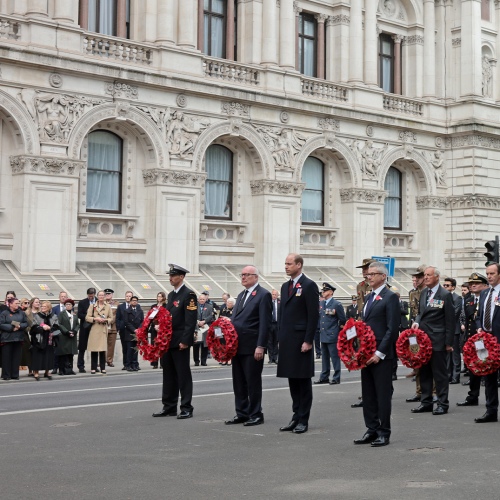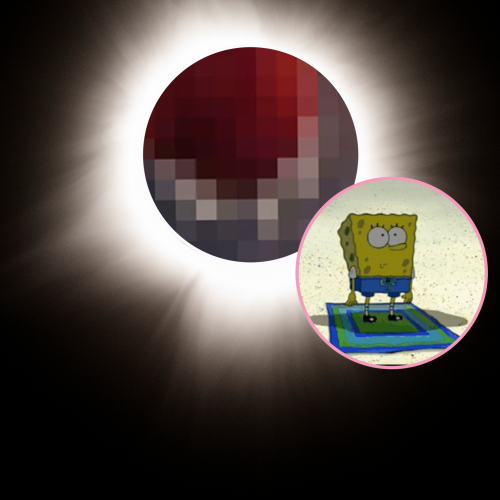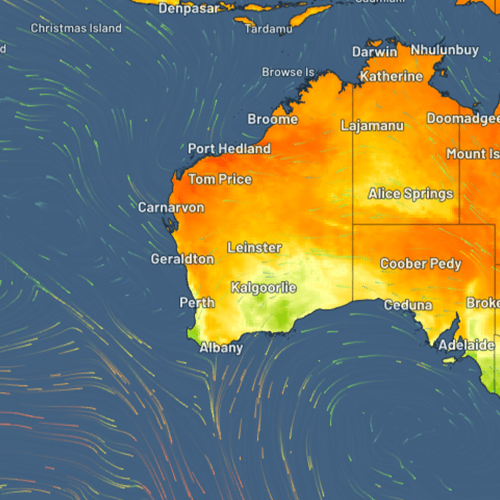In a matter of hours, Australians will be treated to a rare celestial event – a total solar eclipse.
As the moon passes in front of the sun, it will create a halo effect, blocking the sun from view. The best place on earth to witness this spectacle is Exmouth on Western Australia’s Coral Coast. Thousands of people, around 20,000, have rushed to secure a spot in this small town, located halfway between Perth and Broome.
While Exmouth is the prime location to view the total eclipse, other cities will also experience a partial eclipse where a small percentage of the sun will be covered. It’s important to note that staring directly at the sun is not recommended as it can cause serious damage to the eyes. Instead, eclipse gazers are encouraged to use special-purpose “eclipse glasses” or hand-held solar viewers that meet international standards. Alternatively, a simple pinhole projection through a large card can be used, which can be easily made at home.
(Make this at your own risk)
For the other capitals totality won’t be achieved, however this is when the partial eclipse will begin:
Perth: 10:00am
Darwin: 12:17pm
Adelaide: 12:30pm
Melbourne: 1:15pm
Hobart: 1:24pm
Canberra: 1:29 pm
Sydney: 1:36pm
Brisbane: 1:43pm
This total eclipse is one of two eclipses set to occur in 2023, but it’s the only one visible in Australia. The next total solar eclipse to be observed in Australia will be on July 22, 2028, crossing from the Kimberley to Sydney. The last total solar eclipse occurred in 2012, which plunged Cairns into darkness, while Western Australia’s last total solar eclipse was in 1974.







